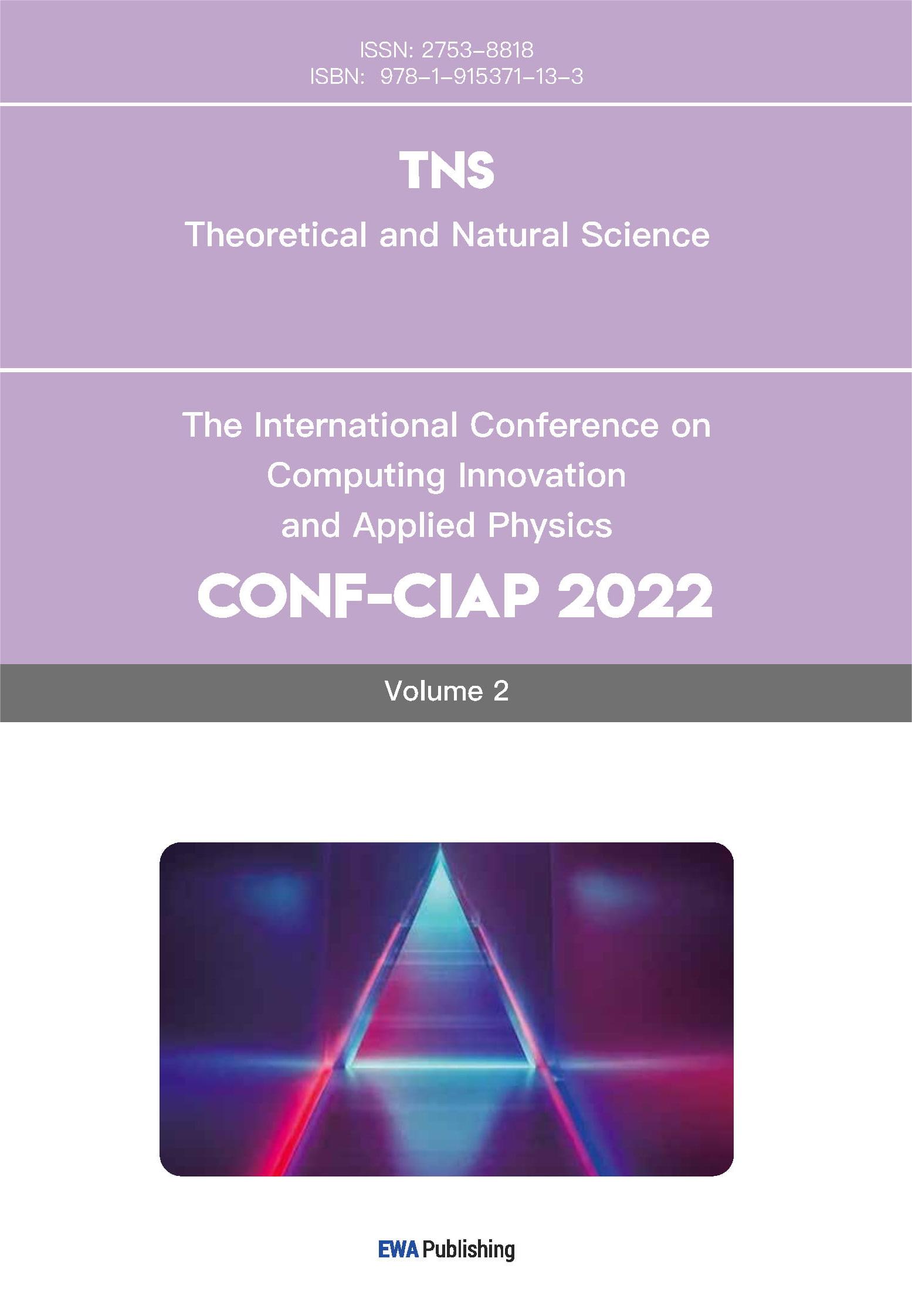References
[1]. R. B. Myerson, Game theory: analysis of conflict. Harvard university press, 1997.
[2]. J. Von Neumann, “On the theory of games of strategy,” Contributions to the Theory of Games, v ol. 4, pp. 13–42, 1959.
[3]. E. Rasmusen, Games and information. Basil Blackwell Oxford, 1989, vol. 13.
[4]. A. Zimran, A. Klis, A. Fuster, and C. Rivelli, “The game of blackjack and analysis of counting c ards,” 2009.
[5]. R. R. Baldwin, W. E. Cantey, H. Maisel, and J. P. McDermott, “The optimum strategy in blackja ck,” Journal of the American Statistical Association, vol. 51, no. 275, pp. 429–439, 1956.
[6]. J. F. NAs, “Equilibrium points in n-person games,” Proceedings of the National Academy of Sci ences of the United States of America, vol. 36, no. 1, pp. 48–49, 1950.
[7]. N. E. Glynatsi and V. A. Knight, “Game theory and python: An educational tutorial to game theo ry and repeated games using python,” Journal of Open Source Education, vol. 4, no. 39, p. 7 8, 2021.
[8]. V. Knight and J. Campbell, “Nashpy: A python library for the computation of nash equilibria,” T he Journal of Open Source Software, vol. 3, no. 30, p. 904, 2018.
Cite this article
Han,C.;Peng,R.;Zhao,H. (2023). Game theory--optimum strategy for drawing cards in 21 points. Theoretical and Natural Science,5,983-1001.
Data availability
The datasets used and/or analyzed during the current study will be available from the authors upon reasonable request.
Disclaimer/Publisher's Note
The statements, opinions and data contained in all publications are solely those of the individual author(s) and contributor(s) and not of EWA Publishing and/or the editor(s). EWA Publishing and/or the editor(s) disclaim responsibility for any injury to people or property resulting from any ideas, methods, instructions or products referred to in the content.
About volume
Volume title: Proceedings of the 2nd International Conference on Computing Innovation and Applied Physics (CONF-CIAP 2023)
© 2024 by the author(s). Licensee EWA Publishing, Oxford, UK. This article is an open access article distributed under the terms and
conditions of the Creative Commons Attribution (CC BY) license. Authors who
publish this series agree to the following terms:
1. Authors retain copyright and grant the series right of first publication with the work simultaneously licensed under a Creative Commons
Attribution License that allows others to share the work with an acknowledgment of the work's authorship and initial publication in this
series.
2. Authors are able to enter into separate, additional contractual arrangements for the non-exclusive distribution of the series's published
version of the work (e.g., post it to an institutional repository or publish it in a book), with an acknowledgment of its initial
publication in this series.
3. Authors are permitted and encouraged to post their work online (e.g., in institutional repositories or on their website) prior to and
during the submission process, as it can lead to productive exchanges, as well as earlier and greater citation of published work (See
Open access policy for details).
References
[1]. R. B. Myerson, Game theory: analysis of conflict. Harvard university press, 1997.
[2]. J. Von Neumann, “On the theory of games of strategy,” Contributions to the Theory of Games, v ol. 4, pp. 13–42, 1959.
[3]. E. Rasmusen, Games and information. Basil Blackwell Oxford, 1989, vol. 13.
[4]. A. Zimran, A. Klis, A. Fuster, and C. Rivelli, “The game of blackjack and analysis of counting c ards,” 2009.
[5]. R. R. Baldwin, W. E. Cantey, H. Maisel, and J. P. McDermott, “The optimum strategy in blackja ck,” Journal of the American Statistical Association, vol. 51, no. 275, pp. 429–439, 1956.
[6]. J. F. NAs, “Equilibrium points in n-person games,” Proceedings of the National Academy of Sci ences of the United States of America, vol. 36, no. 1, pp. 48–49, 1950.
[7]. N. E. Glynatsi and V. A. Knight, “Game theory and python: An educational tutorial to game theo ry and repeated games using python,” Journal of Open Source Education, vol. 4, no. 39, p. 7 8, 2021.
[8]. V. Knight and J. Campbell, “Nashpy: A python library for the computation of nash equilibria,” T he Journal of Open Source Software, vol. 3, no. 30, p. 904, 2018.









